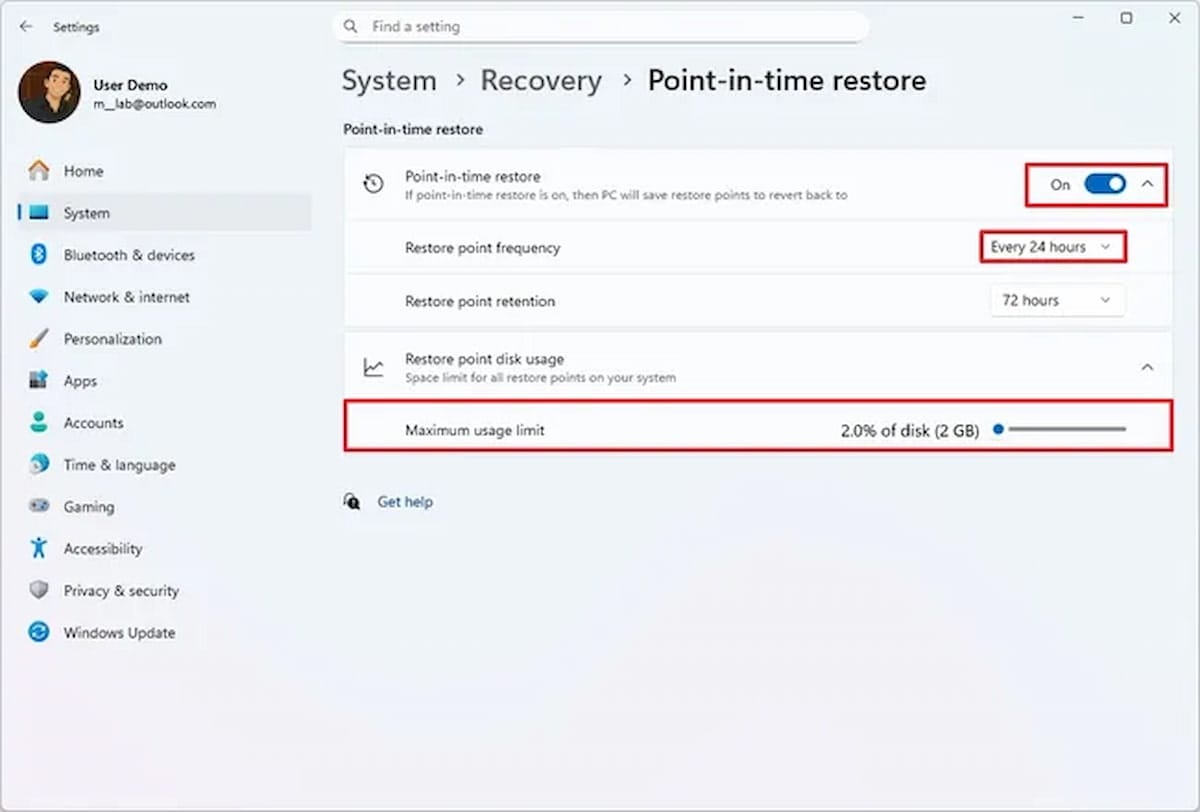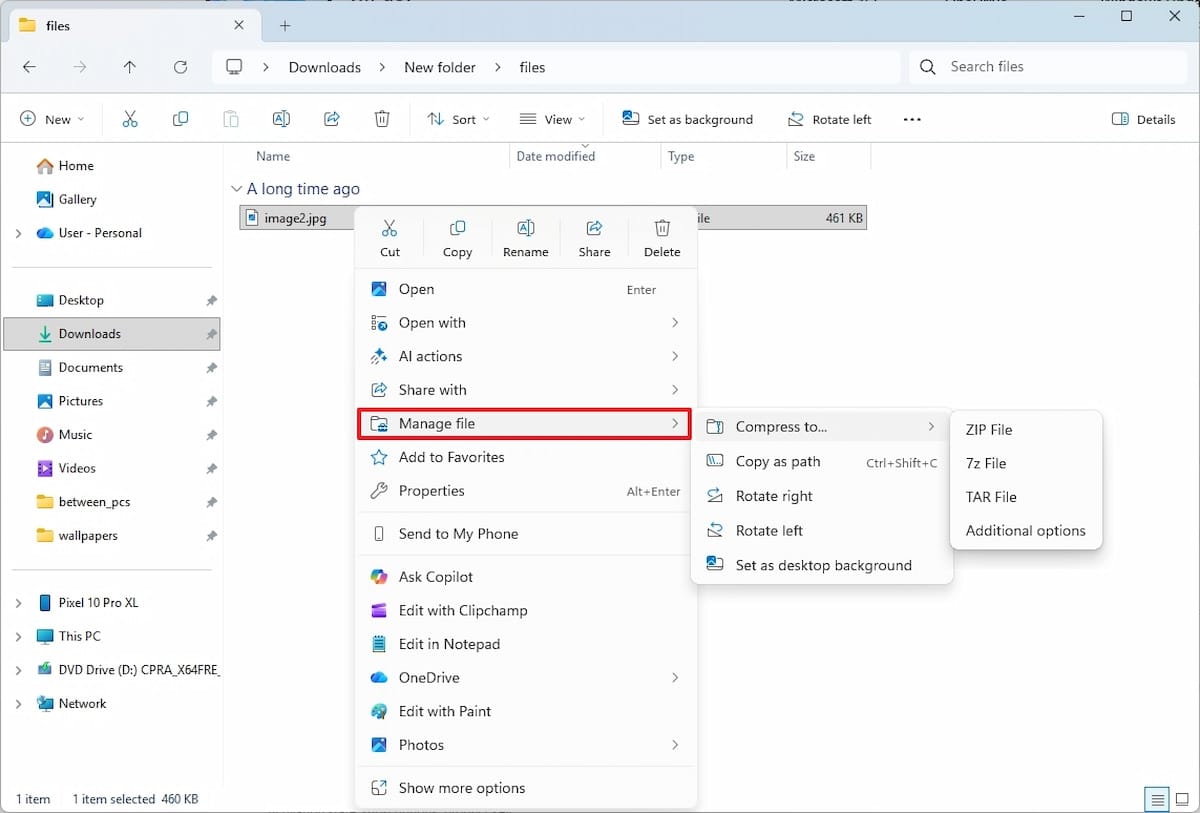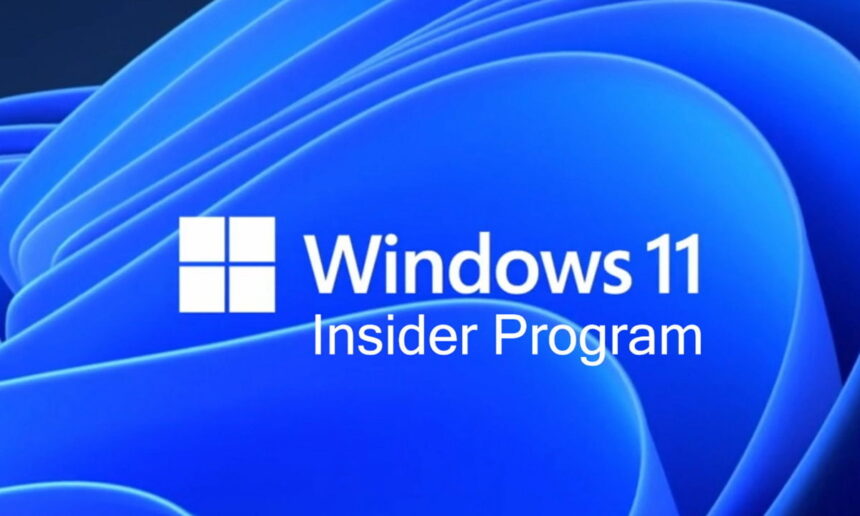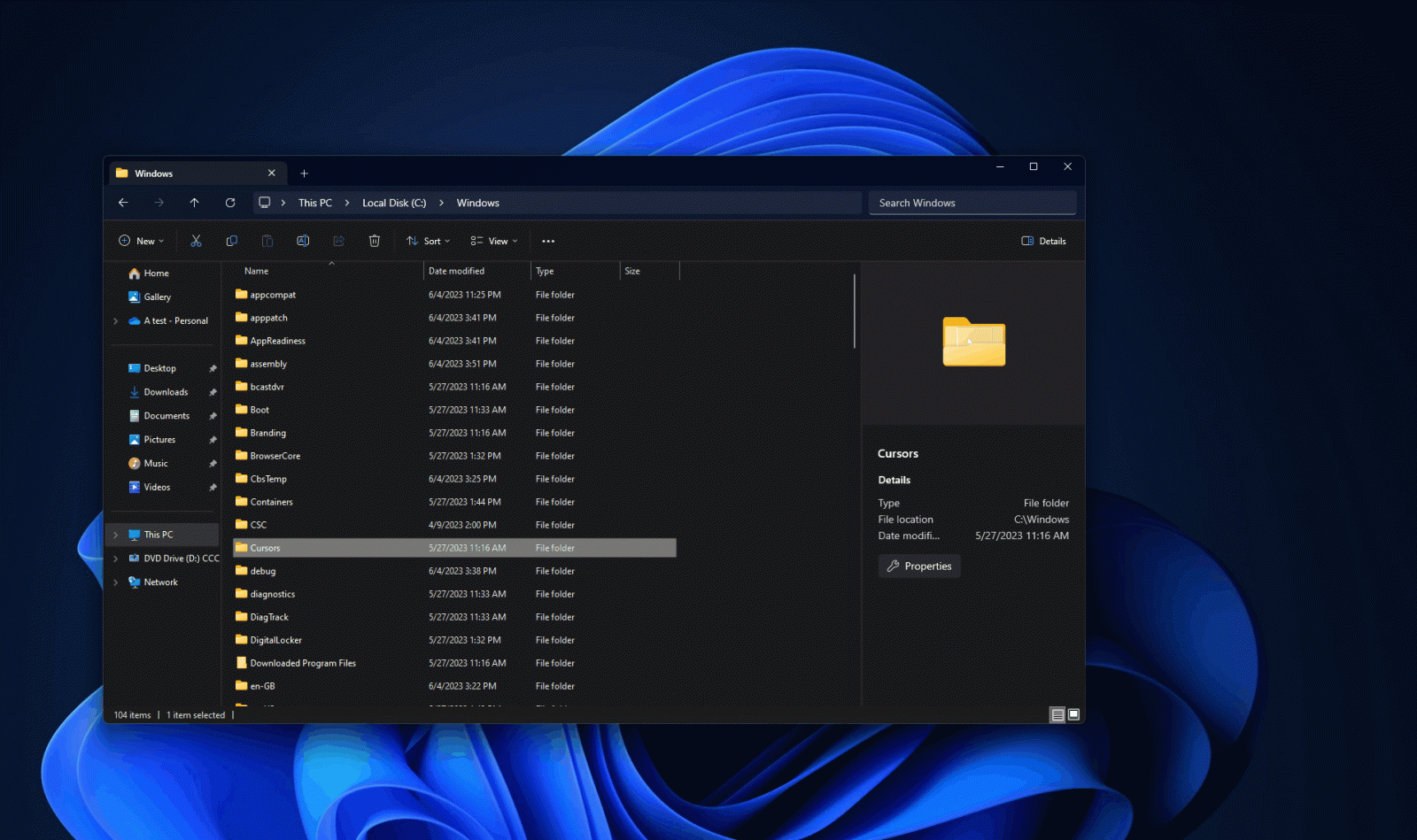November 2025 has been a busy month for Microsoft. The company rolled out a wave of Windows 11 improvements, and many of the changes became visible during the update released in the second week of the month.
But the momentum hasn’t stopped. According to reports from Windows Central, Microsoft is already testing a new round of features with Windows Insider users. These additions are shaping up to be part of the next major Windows 11 update, and several of them are worth keeping an eye on.
One notable change is the introduction of an “Uninstall” option for apps downloaded from the Microsoft Store—something users have been requesting for quite some time.
Microsoft is working on the “Xbox Full Screen Experience”

It’s worth noting that the Xbox Full Screen Experience isn’t actually new—it’s been available on certain gaming laptops for a while. What is new is that, starting with build 26220.7271, Microsoft has begun rolling this feature out to more Windows PCs as an integrated Windows option.
The idea is simple: this mode transforms your regular Windows desktop into something that feels much closer to an Xbox interface. It prioritises gaming, trims down background activity, and removes elements that could interfere with performance.
When enabled, Windows skips loading the standard Windows 11 shell and shuts down various background processes that aren’t needed for gaming. According to Microsoft, this can free up approximately 2 GB of RAM, providing users with more memory headroom for demanding titles.
You’ll be able to turn this on in Settings → Gaming → Full Screen Experience. From there, you can select the Xbox app and choose to launch directly into this mode at startup. Microsoft has also stated that a future update will let you toggle the feature using the Windows + F11 shortcut.
System restore at a specific point in time

Another notable addition in Windows Insider Build 26220.7271 is a feature called “Point-in-time restore.” As the name suggests, it allows users to roll back their system to an earlier state, recovering from issues such as broken updates, corrupted drivers, or other system problems.
In practice, it’s an evolution of the classic System Restore tool, but redesigned to be far easier for both everyday users and IT administrators to manage.
From a technical standpoint, the feature relies on Volume Shadow Copy Service (VSS) to create restore snapshots that capture the operating system, settings, passwords, and other important components. It will be enabled by default on devices with at least 200 GB of storage, in both Windows 11 Home and Pro.
You’ll find the option in Settings → Recovery → Point-in-time restore. There, you can configure how frequently restore points are created and how long Windows should keep them.
Microsoft tests a redesign of the File Explorer context menu

Microsoft is also working on a noticeable update to File Explorer, aimed at reducing clutter and making the tool feel less cluttered.
The overall layout remains familiar, but the context menu now includes a new submenu called “Manage files.” Hovering over it reveals several actions—such as Compress to ZIP file, Copy as path, Set as desktop background, and others—which help organise the menu and keep it from becoming overwhelming.
If you use OneDrive, you’ll see additional options in this submenu, including actions like Free up space. The exact items shown will depend on the file type and the location where you open the menu.
Microsoft is also testing a background preloading feature for File Explorer. When enabled, the app quietly loads in the background to launch faster when you open it. If you prefer to disable this behaviour, you can do so through Folder Options by unchecking “Enable window preloading for faster execution times.”
Fluent Dictation feature coming to Voice Typing

Until now, the Fluent Dictation feature was available only through Voice Access; however, Microsoft has confirmed that it will also be available in Voice Typing.
Fluent Dictation is designed to make speech-to-text conversion far smoother and more accurate, reducing the amount of manual editing users need to do afterwards. It automatically handles tasks such as punctuation, grammar, and overall sentence flow, resulting in cleaner text from the outset.
The feature will be enabled by default on Copilot+ PCs, making dictation far more natural and efficient for anyone who relies on voice input.











